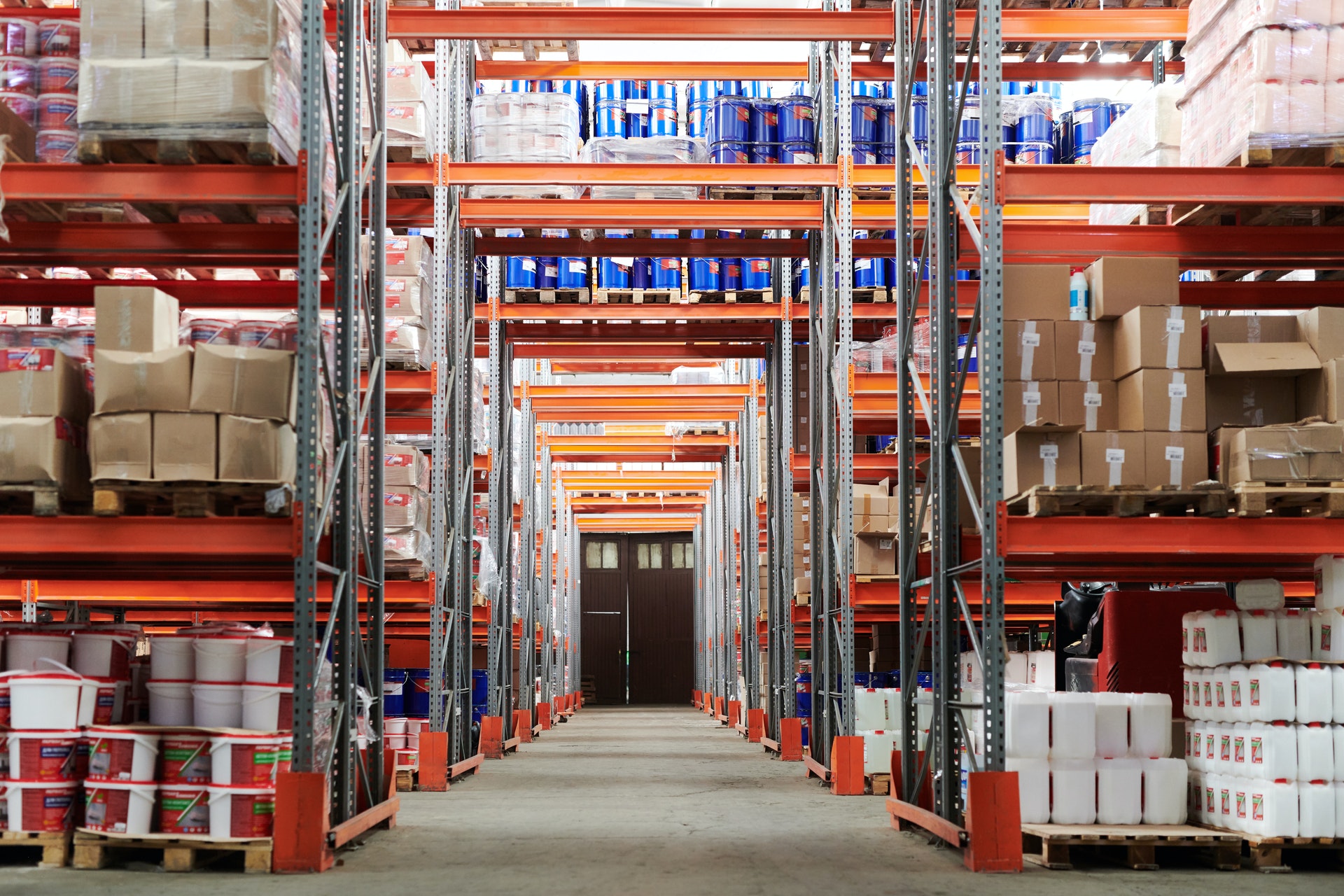Table of Contents
What are the 5 main features of a POS (point of sale) system?
We can help you find the right POS system
1. Easy to navigate POS software
Well-designed and easy-to-navigate POS systems are vital to your commercial success because they have a knock-on effect on your business’s customer service. Time is money, and the less time your employees spending trudging through poorly-designed POS digital menus, the sooner they can help customers check out their purchases.
Take a look at any POS system’s software to see whether it has a user-friendly interface designed for minimum clicks that’s capable of processing a transaction from start to finish. A good POS provider will have transparent information about their software on their website.
There’s more to think about though. Your POS software needs to be maintained and updated to the latest version to implement bug fixes and ensure your business gets the benefit of any software developments.
With a cloud-based POS system, this is usually automated. And that’s just your main countertop (or master terminal). If you’re also using mobile POS systems, you’ll want to ensure that your POS software also has easy-to-use mobile apps that are simple enough for staff to get to grips with quickly.
Opting for a POS system that easily integrates with third-party solutions allows you to hook it up to integrations such as accounting software, payroll, and email marketing.
You will experience greater efficiency by allowing various apps to share information automatically, eliminating the need to manually download and upload reports, customer lists, and other data.
2. Accommodate multiple payment methods

It’s not news that a POS system should allow its users to take payments from customers. What is interesting though, is understanding which types of payments can it take versus how many different ways do your customers like to pay. Cash? Store credit? Gift card? Foreign currency occasionally? Or perhaps Apple or Google Pay.
When transactions are made, your POS system should add taxes and calculate the total amount of sale. While cash remains popular (albeit increasingly less so in the digital age), you will need to ensure that your POS can cater for a wide range of payment options, especially credit card processing.
A smart POS system will also produce sales reports for you so you can look back over the transaction. Some POS providers even allow you to set previous sales orders as repeat orders against customer names, to save checkout time.
Mobile POS vendors will issue their card readers for free in exchange for taking a transaction fee each time something is sold. Look out for ones that offer membership-based pricing, as this means that you’ll get fees that stay the same even if you process more transactions or higher-value orders as your company scales.
Of course, in addition to accepting money from customers, you need the ability to issue returns and refunds. Don’t forget to think about whether or not you’ll need gift receipts as an option too.
Any business must have a return policy which should then be reflected in its POS system, which needs to be able to alter inventory and sales accordingly. That could be anything from a return sent back to the original payment method to a credit receipt or gift certificate.
3. POS inventory management
Inventory management (ERP for larger businesses) is a core feature of POS systems as it is so closely tied to sales transactions. You need all the sales data you can get to run your business efficiently, and having an inventory management feature helps you keep items restocked while ensuring that ones that are not so popular are switched out for something else.
With inventory management you can input your existing stock levels for each product when you set up your POS for the first time. And from that moment on it will update itself after every order is made.
A cloud-based POS system lets you manage your stock in real-time while telling you the amount of goods your business (or store) owns over a given period of time. At the same time, you need an inventory management system to work in tandem with customer orders.

Customers will inevitably ask you to put products aside to buy them later, so you need to know an inventory management module to check if you have stock of it in that store or another one, which would allow it to be transported and sold to the customer.
This is useful for maintaining effective customer satisfaction because it helps stores meet customers’ needs while ensuring they are satisfied with their purchases. Importantly, it leads to additional revenue for the company at the end of the day.
4. Employee and other POS reporting tools
In addition to seeing how your business’s products are selling, you’ll want to keep an eye on employee performance. Check to see whether a POS can break down employee reports into various useful ways – from total sales to sales by the hour; conversion rates; and commission owed.
Detailed reports should be able to help you easily see what an employee has sold, including the average price per customer and transactions per hour.
Modern POS systems allow business owners to access valuable report data on employee and general business performance from any device with an internet connection, so your POS system should come with mobile applications that make digesting reports easy on any regular-sized smartphone or tablet.
5. Customer support and POS training

Any time a POS fails, it can cost your business money. To minimize downtime, consider purchasing a system that comes with customer support and training included as standard.
You’ll get the level of service that you pay for; more affordable POS systems allow you to leave a message and wait for a response from a vendor representative, but if you spend more then you will get immediate support 24/7 – which can be worth paying the extra.




